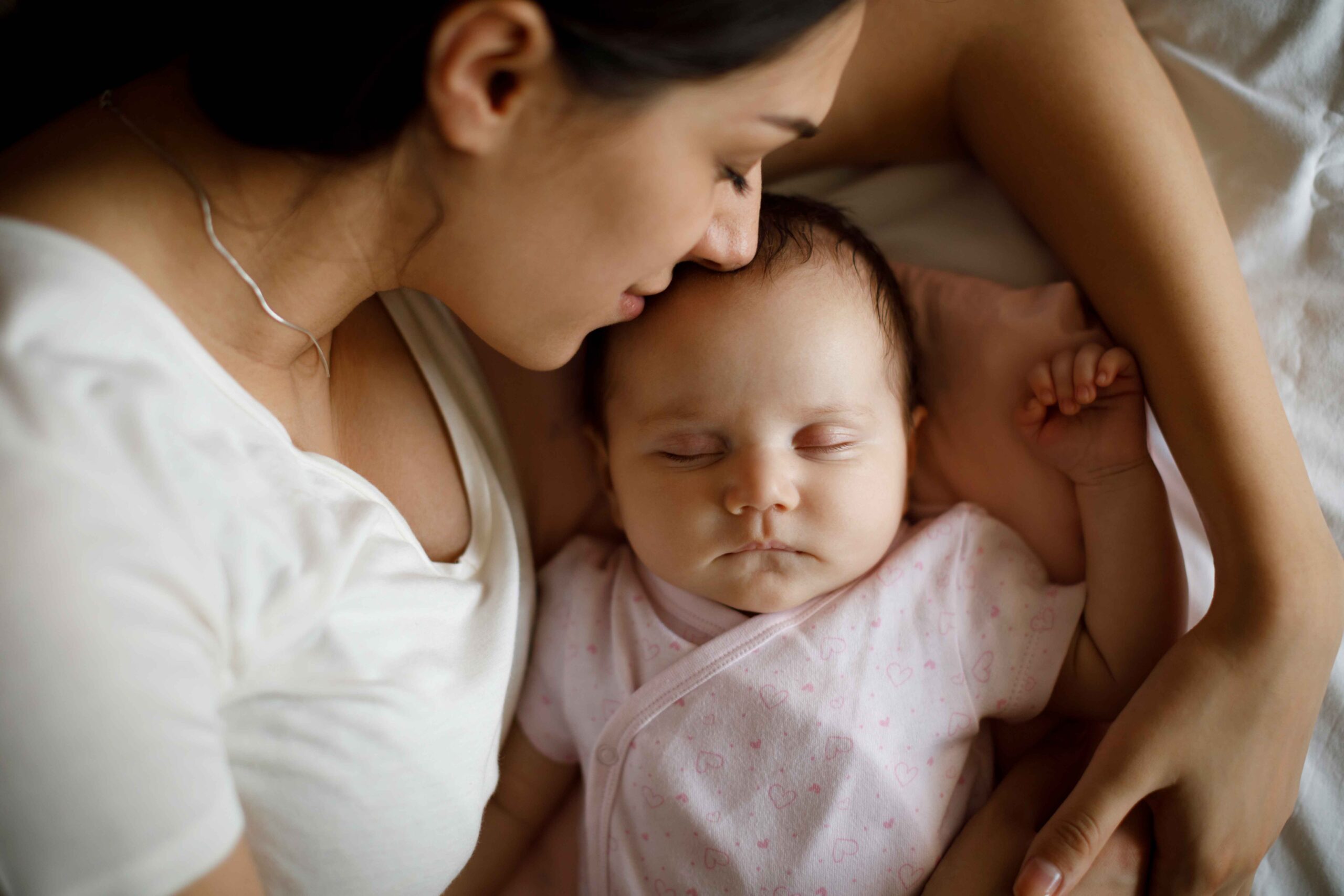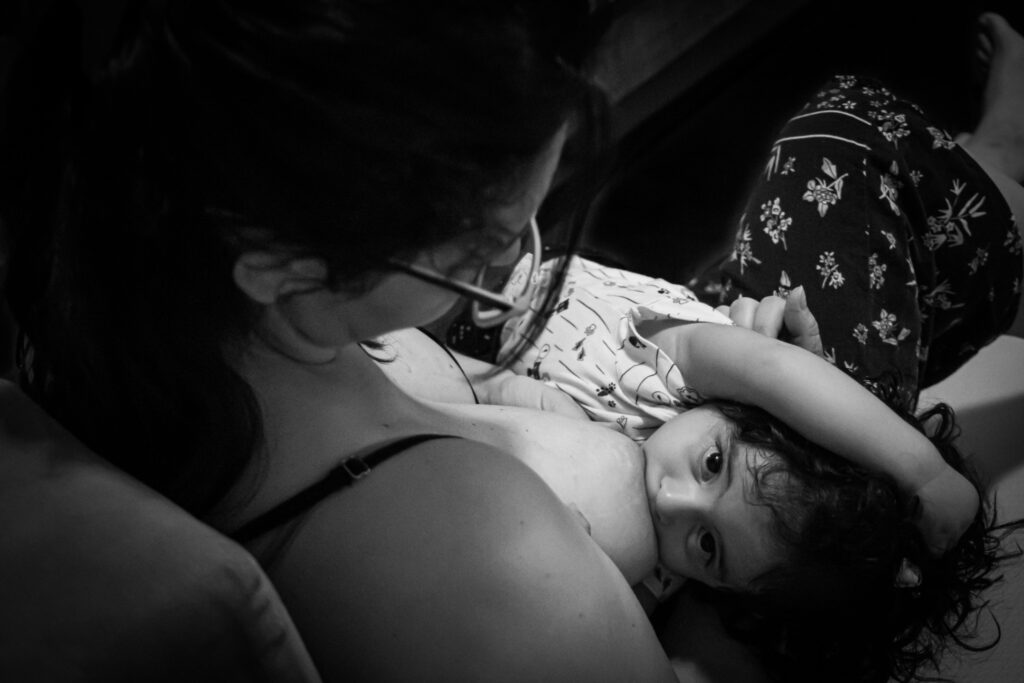Baby Sleep 101: The basics of baby sleep

Baby Sleep 101: The basics of baby sleep It is only after we become parents that we realize what a
Do I need to wean the breast or the bottle after my baby turns 1?

Do I need to wean the breast or the bottle after my baby turns 1? As you approach your baby’s
Is nursing to sleep a bad habit?

Is nursing to sleep a bad habit? Nursing to sleep is the biological norm. It is how nature intended babies
